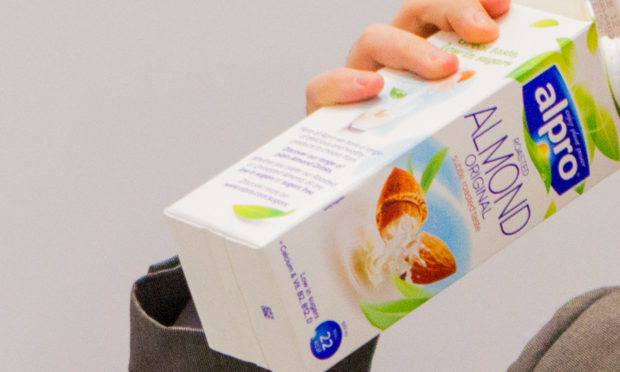A reduction in greenhouse gas emissions from the dairy sector can be achieved without people having to cut back their consumption of cheese, milk and other dairy products, claims AHDB.
The farm levy body says a reduction in the world’s population of dairy cows would dramatically reduce emissions, and fewer cows does not have to mean less dairy produce.
Analysis of data from the Food and Agriculture Organisation of the United Nations (FAO) reveals the UK’s 1.9 million dairy cows are the second most productive in the world, producing 15 billion litres of milk every year.
Defra figures show UK cows averaged 7,900 litres of milk per cow per year in 2018 – 200% more than the global average of 2,500 litres.
AHDB lead dairy analyst, Chris Gooderham, said if average global production rates increased to those seen in the UK, the global dairy herd could be reduced by up to 70%, leading to a reduction in emissions from the sector.
“It’s important to note that dairy production differs greatly across the globe, influenced by cattle breeds, environmental constraints such as climate, socio-economics and culture,” added Mr Gooderham.
“However, UK cows are showing that it is theoretically possible to produce the same amount of milk from 83m cows as opposed to the current 265m.”
AHDB’s head of environment, Dr Jonathan Foot, said the UK climate lent itself to some of the most sustainable milk production in the world, as 60% of farmland is grassland, making it ideal for grazing cows.
He added: “It is also our focus on improving efficiencies and productivity that make it so (sustainable). This focus is what is, and will be, required globally to drive down emissions while continuing to deliver key staple food groups to billions.”
The UK dairy sector’s efficiency focus is demonstrated in the fact that milk production has increased by 4% in the past 25 years, despite the national herd reducing by almost 30%, added Dr Foot.










